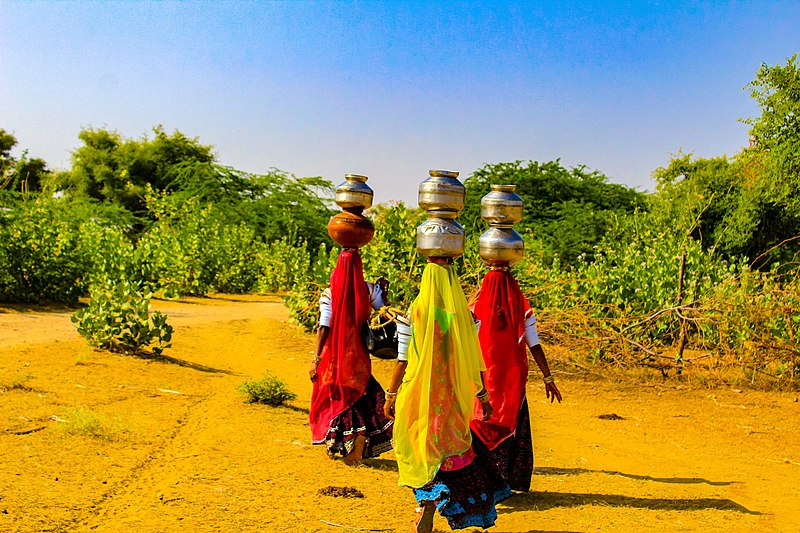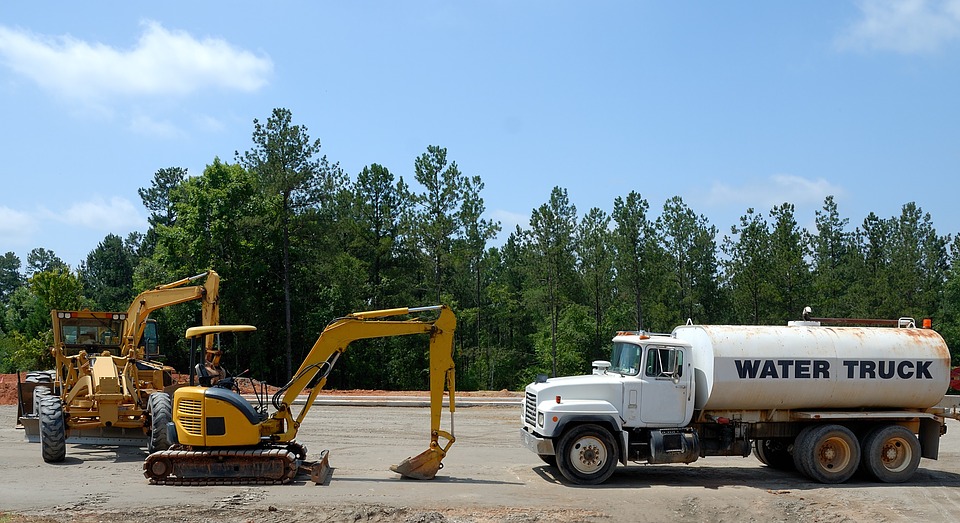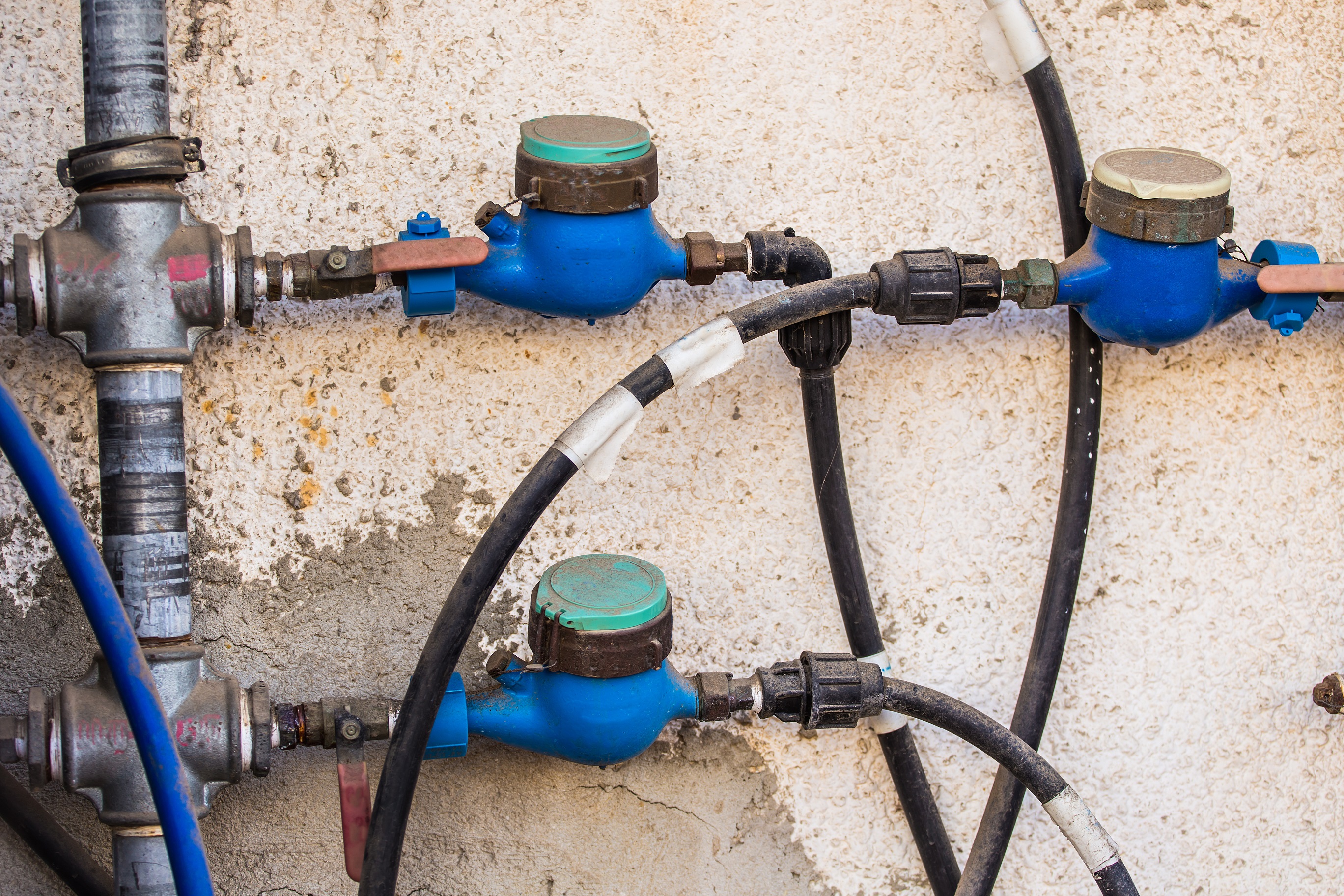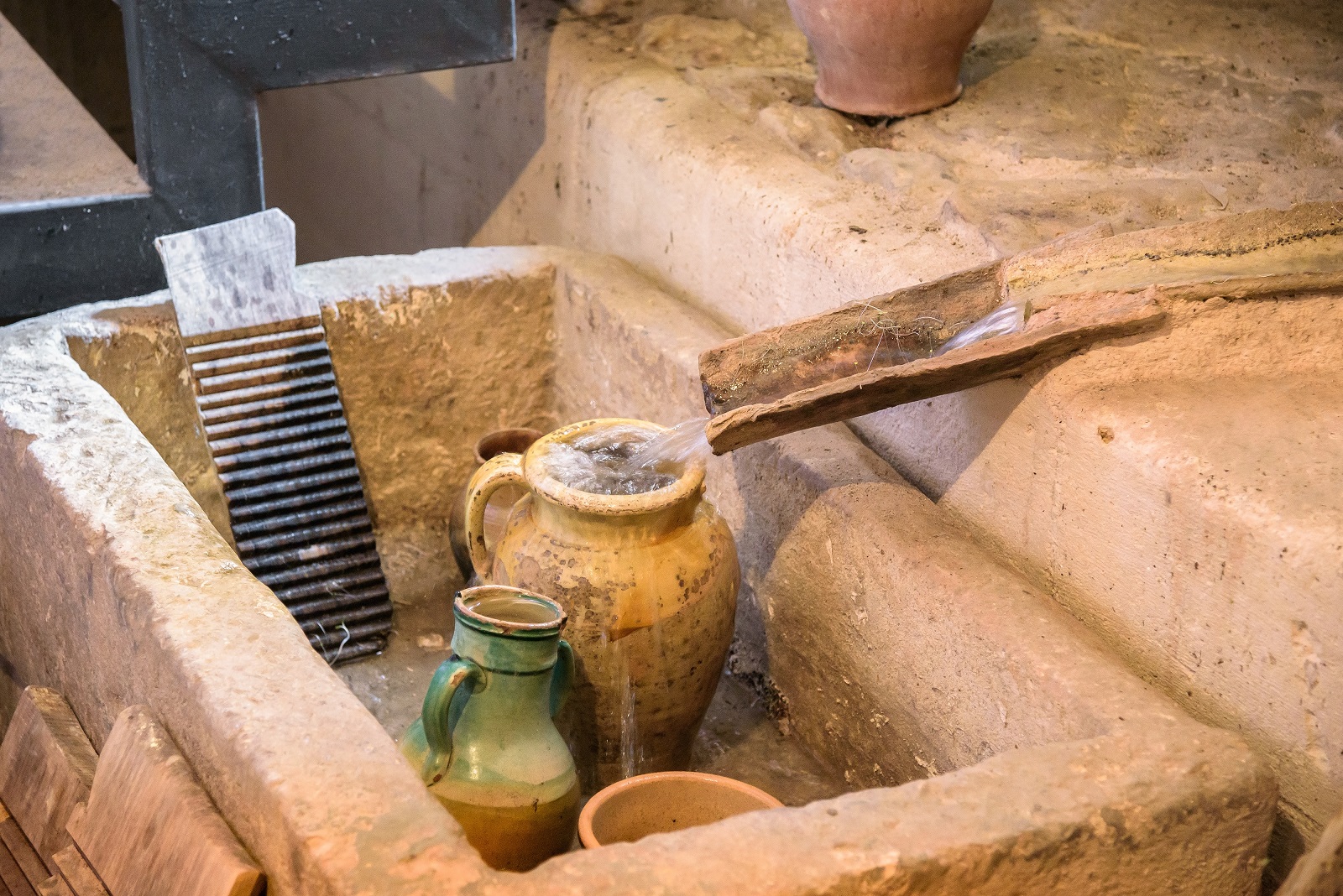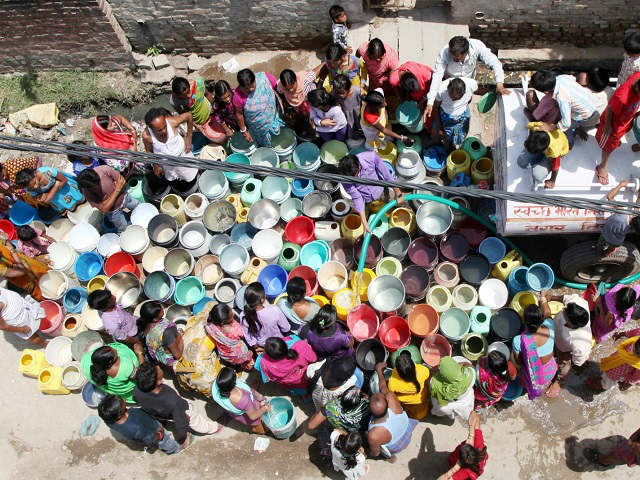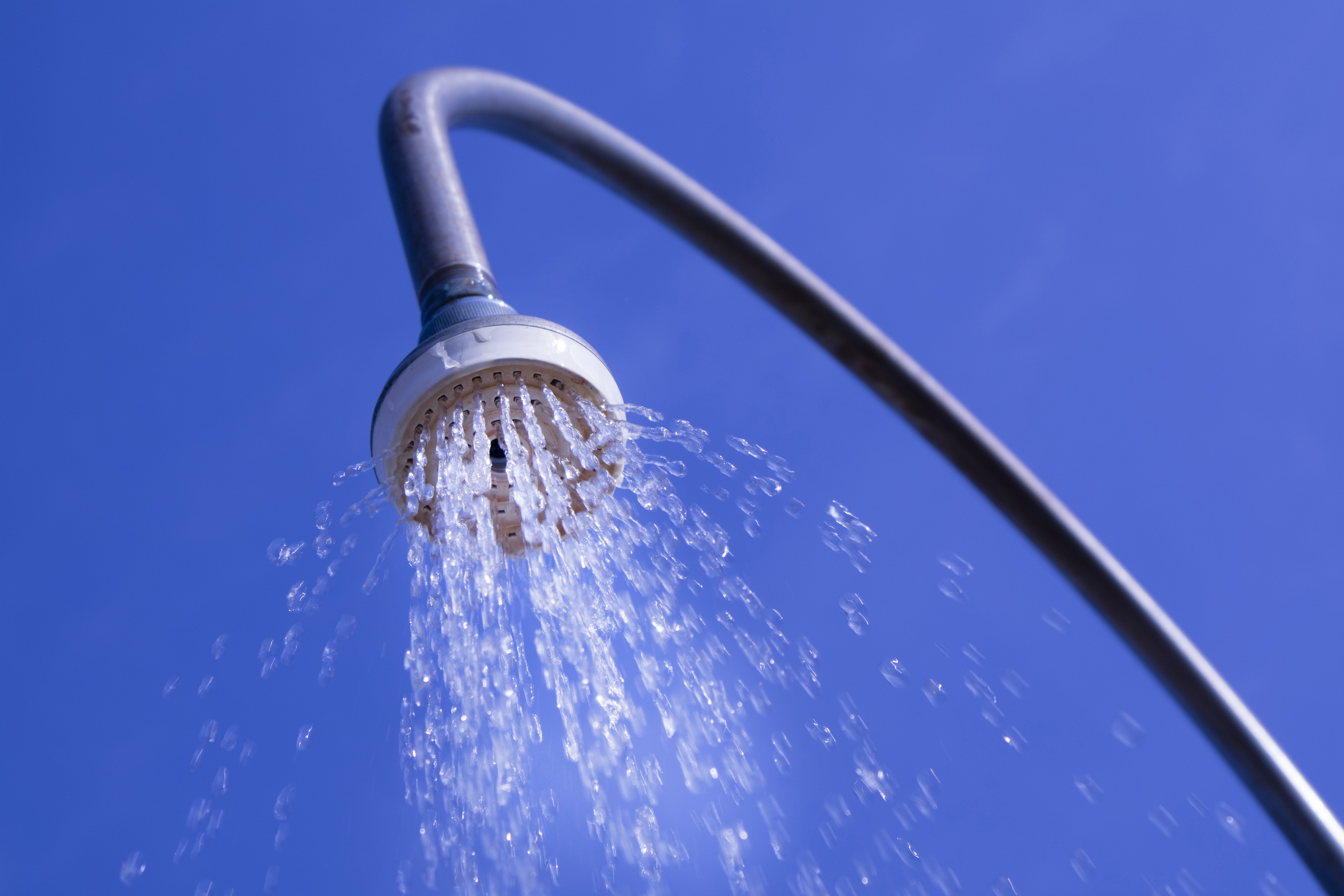buy priligy online usa For several decades, women in India travel long distances to fetch fresh water. According to a One India One People report every year each woman living in rural India walks 14,000 km to fetch water. She balances multiple pots and vessels on her head. This in turn affects the health, school attendance of young girls, and has a domino upshot on other development indicators.
Abū Zabad “The role of women is significant in conserving water because a mother’s habit is usually followed by other members of the family” – Yohana Yembesi
Women and water are linked in several ways, a vital linkage being their role in water management. On World Water Day, we take a look at the significant role of Women in conserving water bodies.
Ahead – An Acute Urban Water Challenge
The universal community has clearly accredited that the constant decline in water security—the accessibility of safe, potable water as both a natural resource and a commodity – presents a huge risk to sustainable development and poverty reduction in the coming years. In the absence of measurable proficiency, the world’s demand for water would surpass the available supply by 40%. Putting the same in the other way – Around 700 million people in 43 countries suffer today from water scarcity and over 2.8 billion people would live in countries or regions facing acute water scarcity.
We often link water availability and issues in rural context, but as urbanization continues to raise the population of the cities – stresses on urban water supply also become increasingly acute. The rising demand for water in extremely concentrated areas would result in less available freshwater per urban household. This also means profound inferences for the health and productivity of all urban dwellers – more for the poor living in urban areas and relegated communities.
Women and Girls – The Primary Providers, Managers, And Users of Water
Scarcity of water is set to hit hardest in the urban centers in the developing countries who are already fighting to cope with rapid urbanization, economic limitations, friable institutions, and inadequate water infrastructure. For a majority of households in these areas, women and girls are the primary users, providers, and managers of water. When women spend more time accessing clean water for their daily chores (i.e., cooking, cleaning, caring for families and relatives) the less time they spend learning in school or working productively in the economy.
Making cities ready to address water scarcity issues before the entire mass of these troubles is upon them demands fast-tracked, extensive, and strategic efforts. It also demands the collective action of governments, non-governmental, civil, and private sector society – this is because water management and conservation are not something independent city governments can achieve on their own. Local government-run water services, especially in developing nations, are often stressed by weak management, waning infrastructure, high levels of non-revenue water losses, low levels of transparency, and meagre communication with stakeholders—especially women.
The Wave of Women in Water Management
Men and women living exclusively in developing countries may have diverse responsibilities and priorities for water use. While men in rural areas use water for farming, women are often responsible for fetching water and using it for domestic chores like cleaning, cooking, and washing.
Clearly – Women are already the primary water decision-makers at the household level. And when women influence water management, their people get evidently healthier outcomes—including better-functioning water systems, expanded access, and economic and environmental benefits.
According to research from UNDP (carried out on 44 water projects across Asia and Africa), when both men and women engage in shaping water policies, communities use water services wisely and sustain them for longer. Research also suggests that women share water more justifiably than men do, expressly in times of shortage. Yet women make up less than 17% percent of the water, sanitation, and hygiene labor force and only a fraction of the policymakers, regulators, management, and technical experts.
At the national level, women representatives can help design more comprehensive policies and bring into light issues that might have been otherwise ignored. Maria Mutagamba (The Ugandan minister of state for water) for example developed 5-year gender strategies for the water sector. These stratagems endorsed women to take up key positions on decision-making committees and provided guidance on integrating women’s concerns into water and sanitization sectors. When the first round of strategies was implemented, the Ugandans access to clean water surged to 61 percent from 51 percent in just 2 years.
Better Water Management = Reduce Conflict
Surging water demand and massive climate change lead to higher rates of water shortage and conflict – having said this water management is becoming a progressively urgent issue.
According to WRI’s new research on water, security, and conflict, water stress is a critical factor driving social volatility and war around the world. The overall community risk of water stress depends not only on floods and droughts but also on its capability to oversee equitably and be robust in the face of these natural hazards. Research on women, peace, and security provides a stout indication that nations with superior women’s empowerment and gender fairness are more peaceful and stable. Women play imperative roles in formal and informal peace processes, and legislators now broadly distinguish gender as a key factor in how people experience conflict, and in how it can be reduced.
Building further, women can be commanding water stewards, it stands strong to the reason that women’s involvement in water management can also decrease water-related risks and conflicts.
And Ahead…
Security of water -where every single person has access to a dependable, affordable, and safe supply of water, irrespective of their means—is a great challenge for mankind. It is indistinguishably tangled with the most essential aspects of human development and the social and economic well-being of communities across the globe.
Few cities from the world holding the planet’s fastest population growth including Lagos, Karachi, Dhaka, Luanda, Kinshasa—are the least equipped to address the water scarcity challenges. Also, women’s participation in water resource management in these cities is the lowest in the world.
On the other hand, cities in India and China, also among the world’s fastest-growing, are making concentrated efforts to embrace women in water resource management with prominent results. For these communities, investing in women is not only sensible—it is a good policy that can bring in positive returns in the form of better-managed resources, increased labor participation, and productivity, and subsided water shortages.
Related :
Easy Practices That Can Be Followed By Every Household To Save Water
Rain Water Harvesting – Why, Benefits, Techniques & More
Importance of Saving Water in The Construction Industry in India



